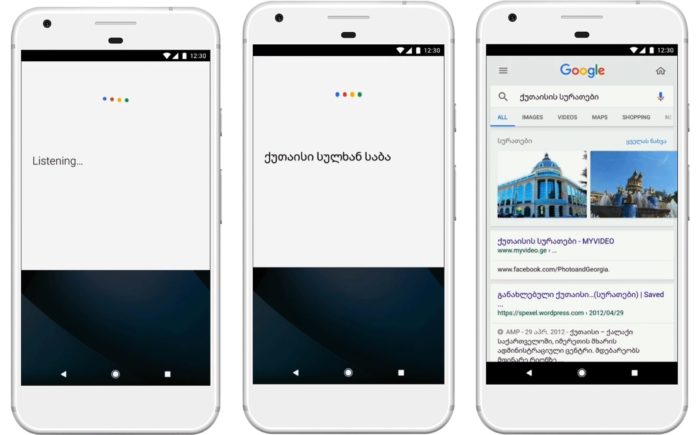Google is adding a multitude of languages to its speech recognition capabilities. The expansion will cover 30 international languages and local dialects, including India and Africa’s emerging regions. This will increase the total number of supported languages to 119. The update will include eight additional Indian languages and two African languages, Amharic and Swahili.
Speech Recognition Across Google
The expanded speech recognition will provide more voice-based search opportunities, whether searching the web or typing using one’s voice. Google’s keyboard app, Gboard, will enable such additional voice-based search opportunities. Gboard will be supported in the Android app and voice search. English-based speakers can also use speech recognition to include emojis. Simply say “winky face emoji” or describe another emoji instead of using the keyboard.
The Cloud Speech API also offers other new languages. The API supports 89 languages with several applications in video and third-party voice services such as speech analytics, IVT, transcription, etc. Google will also add new languages to its Google Translate app.
Google employed machine learning technology and human labor to improve its speech recognition capabilities. The company collected common phrases read by native speakers, which trained the machine learning models to understand the new languages. Exposure and additional data over time improved the technology’s accuracy.
Adding Opportunities in Emerging Markets
The addition of other widely spoken languages provides technological access to emerging markets in developing countries. Tech companies like Google used to ignore regions in India and Africa when considering access to the latest updates and development. But mobile access has shifted the market, as these emerging regions are home to significant online populations. India has around 420 million mobile Internet users since June of this year.
The expansion also came after Wall Street Journal (WSJ) shed light on the billions of mobile users who’ll employ video and voice technologies. WSJ stressed that Google is tapping “a new kind of Internet user” that accesses the web differently from the first billion they’ve captured. These markets are in the developing regions of India and Africa. Google’s language will ensure their inclusion and immediate loyalty to the technology.


















